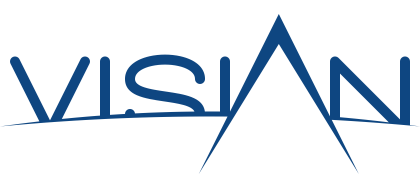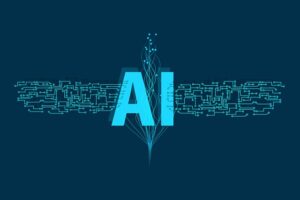Artificial Intelligence (AI) is one of the most exciting and rapidly growing fields in computer science. The field focuses on creating intelligent agents that can perceive their environment and take action to achieve goals. AI has numerous applications, including image recognition, natural language processing, robotics, and more. As it continues to grow, it is essential […]


Leave a Reply